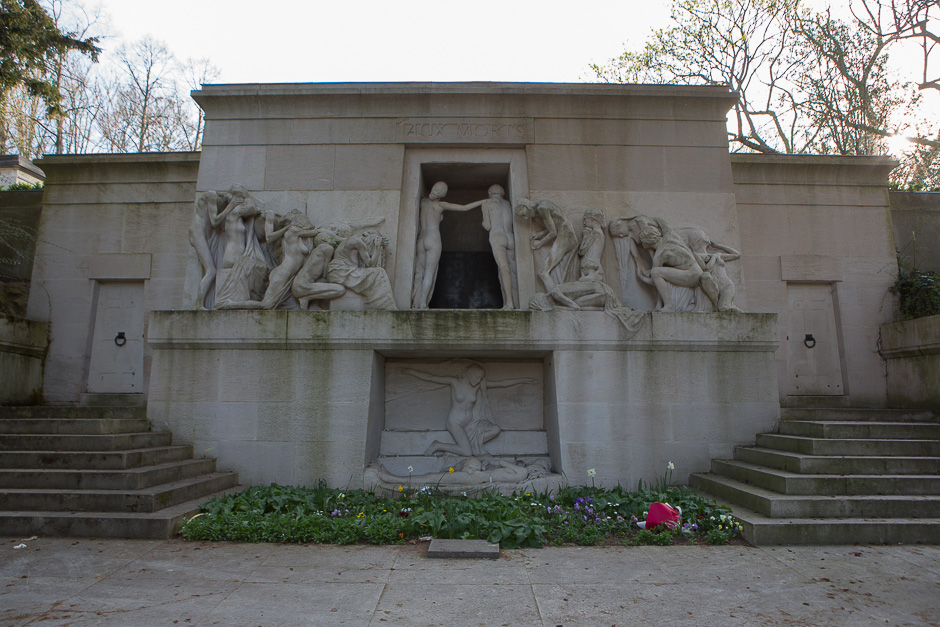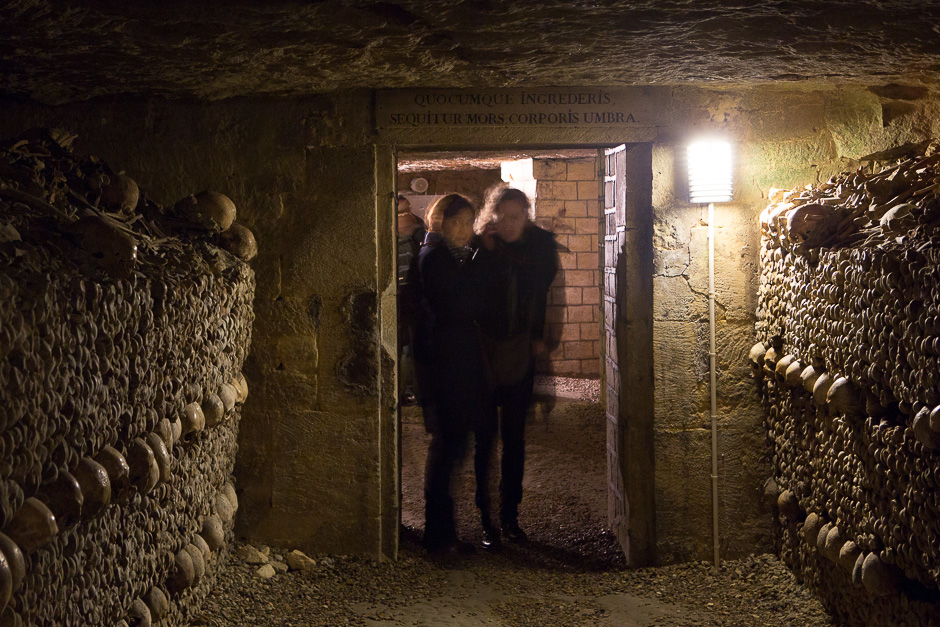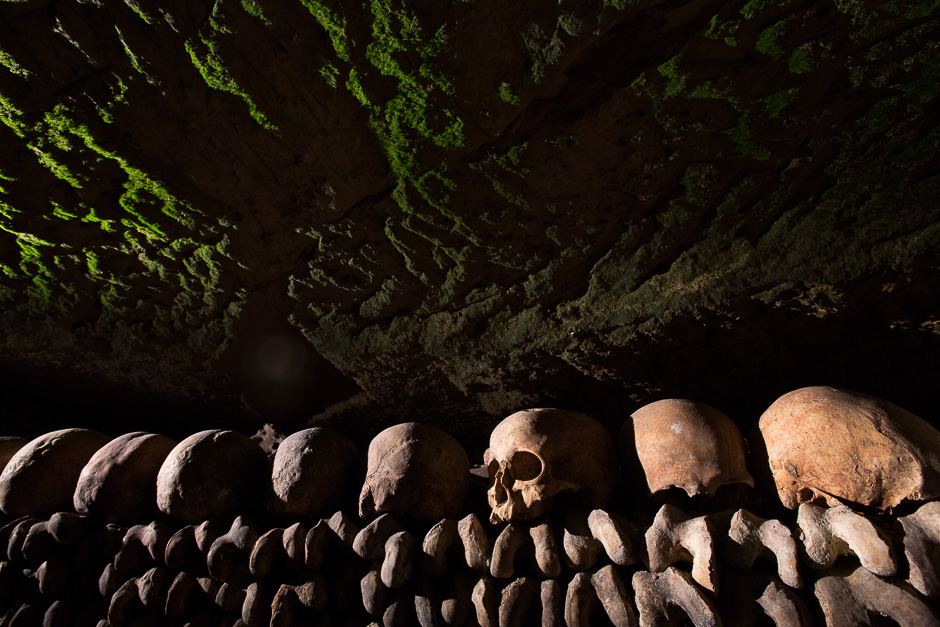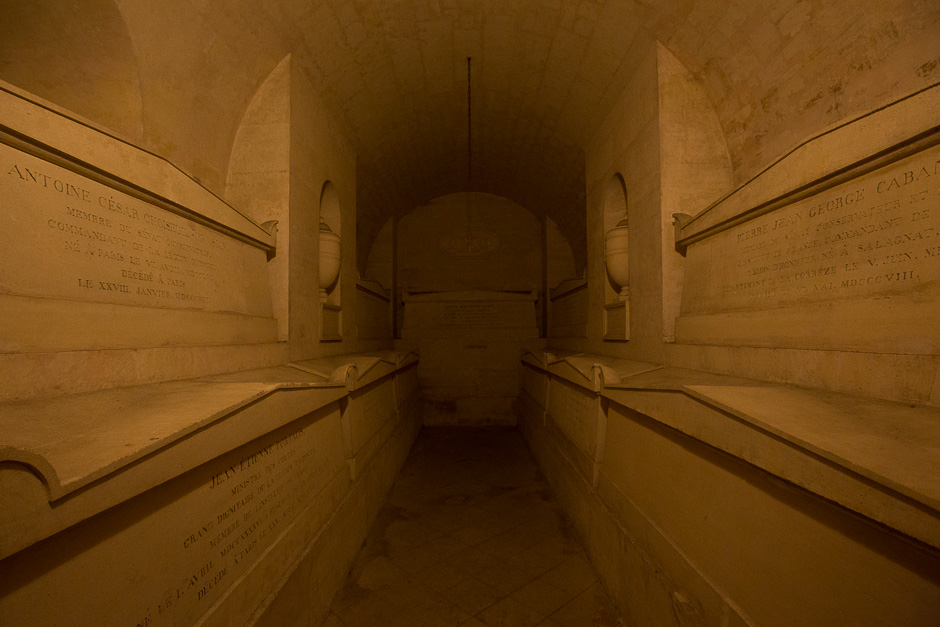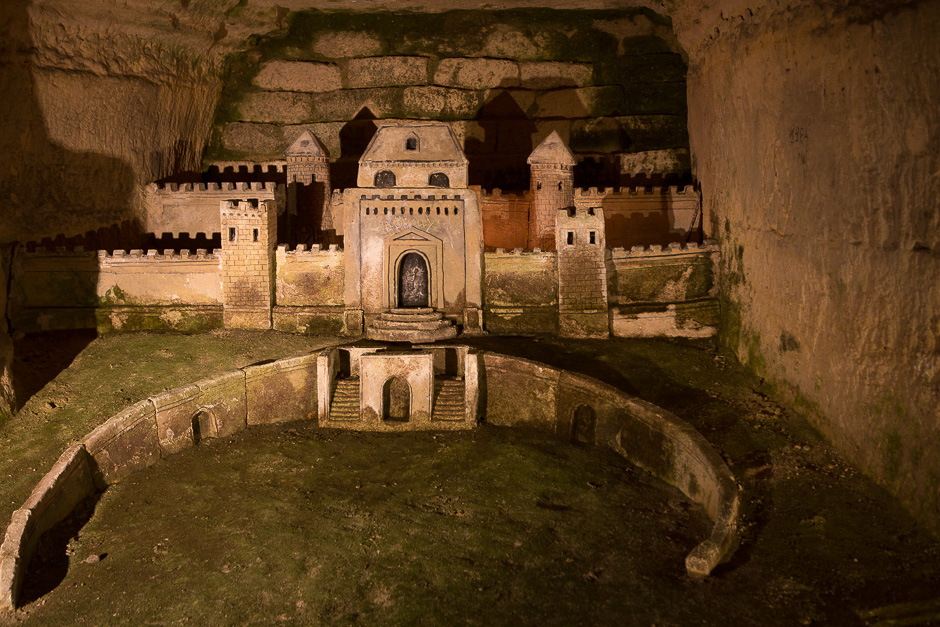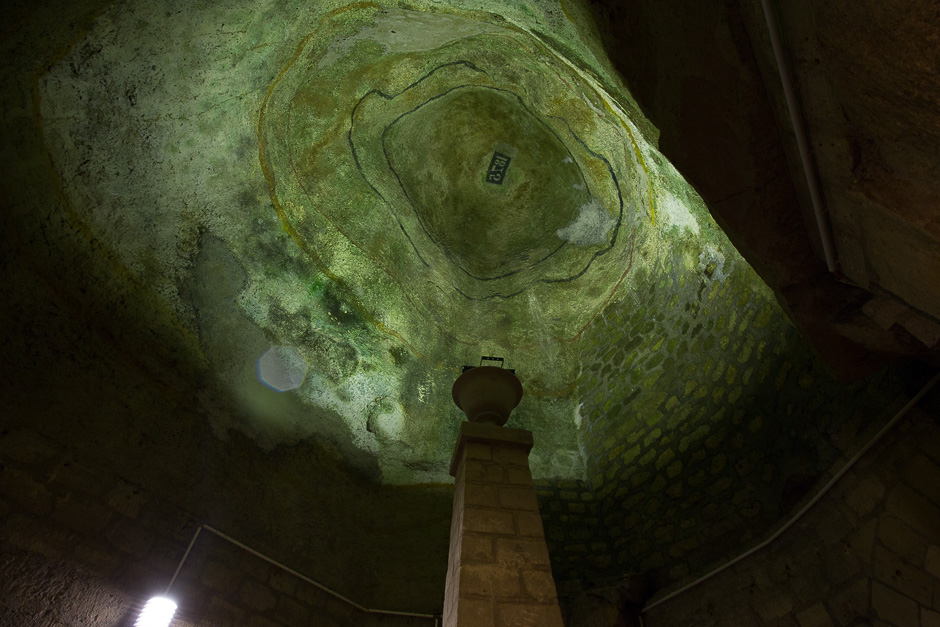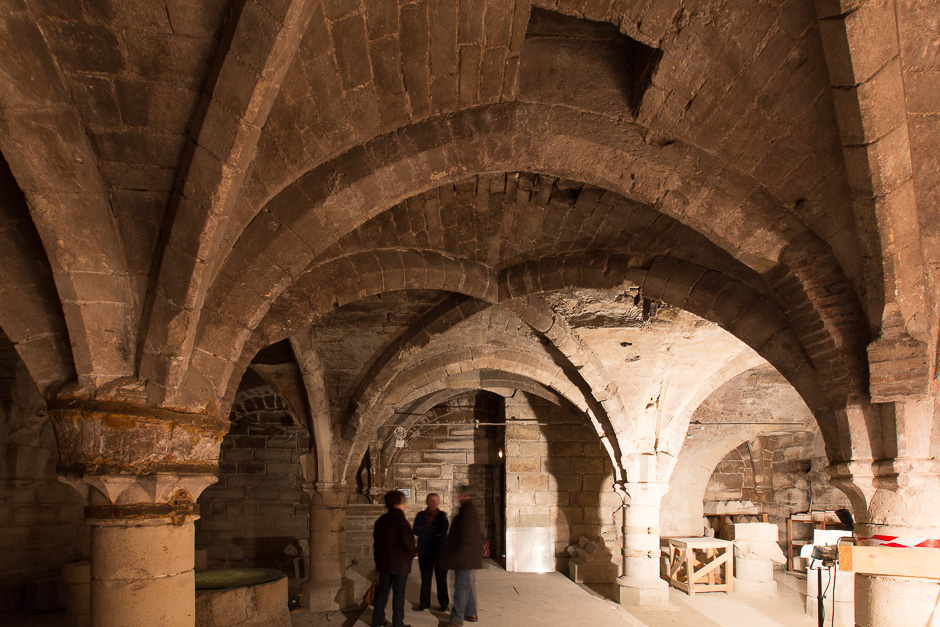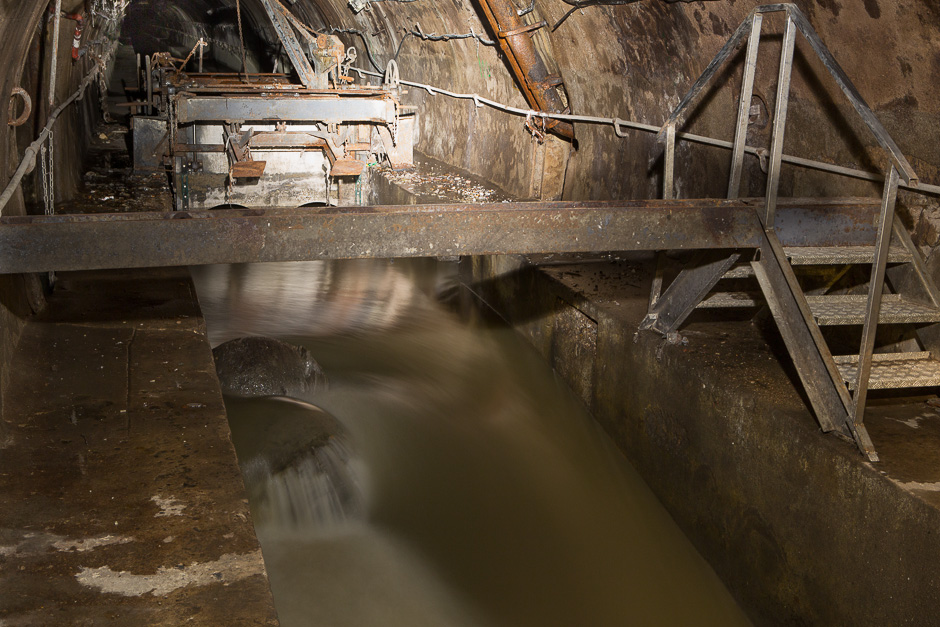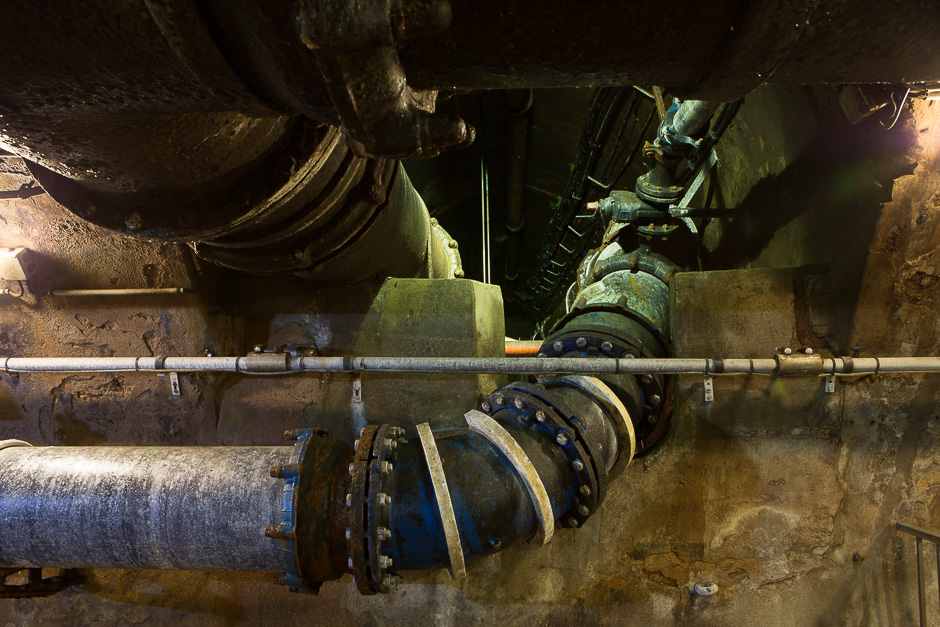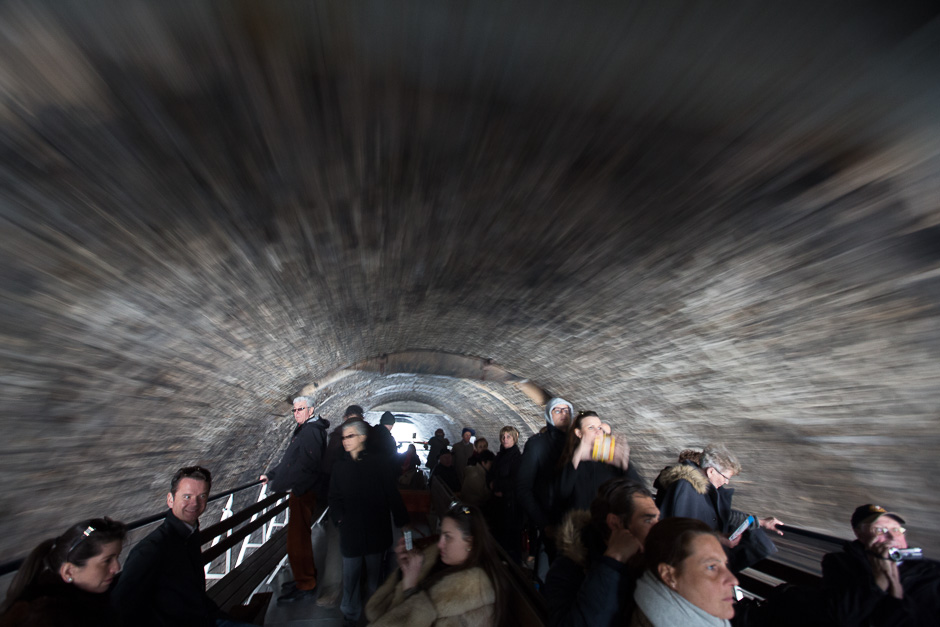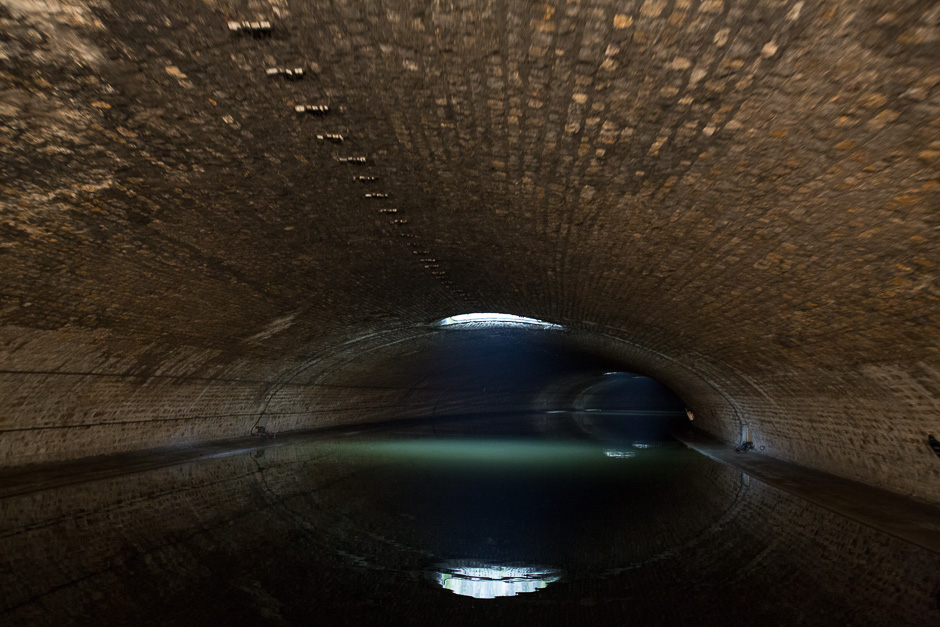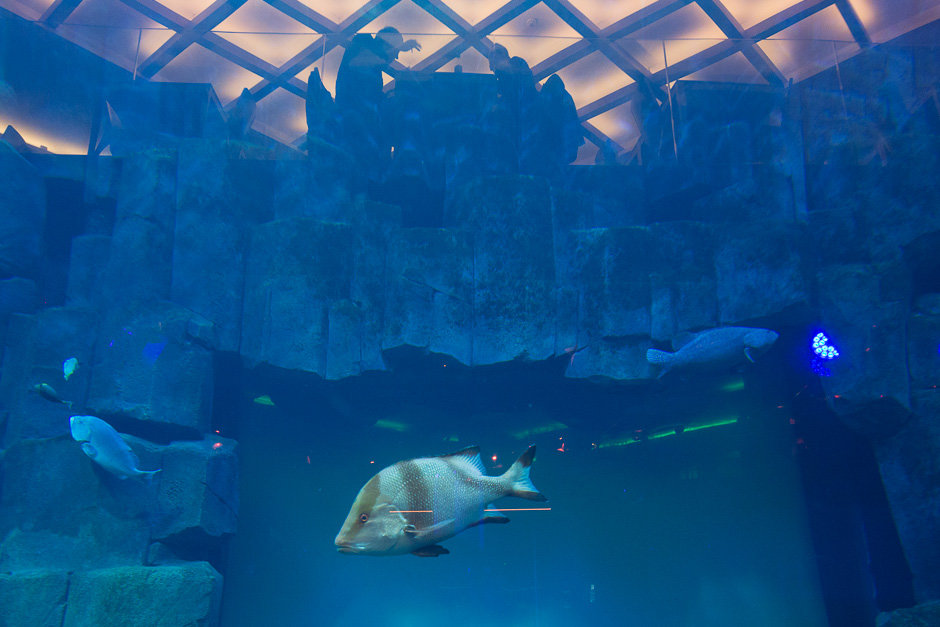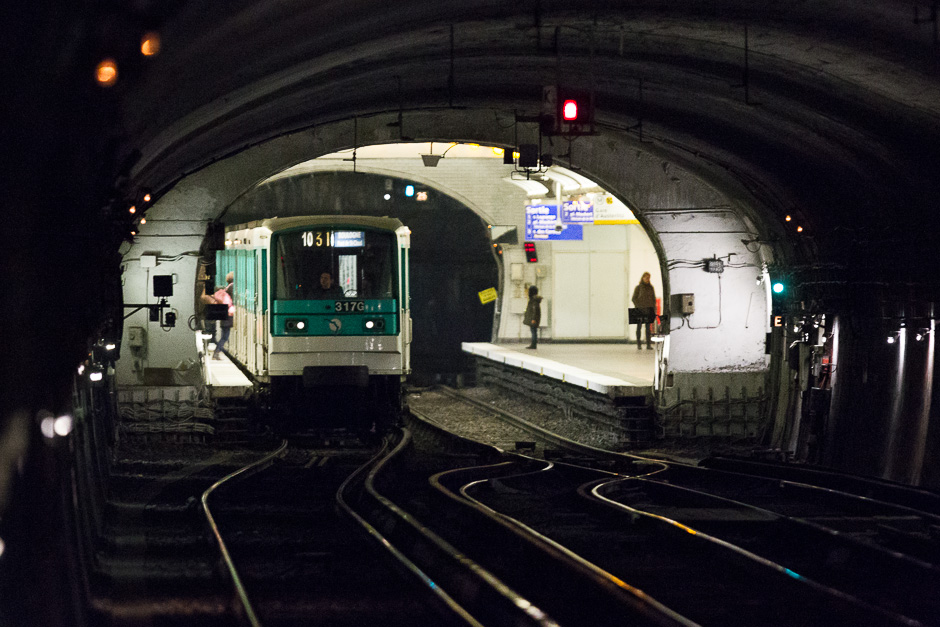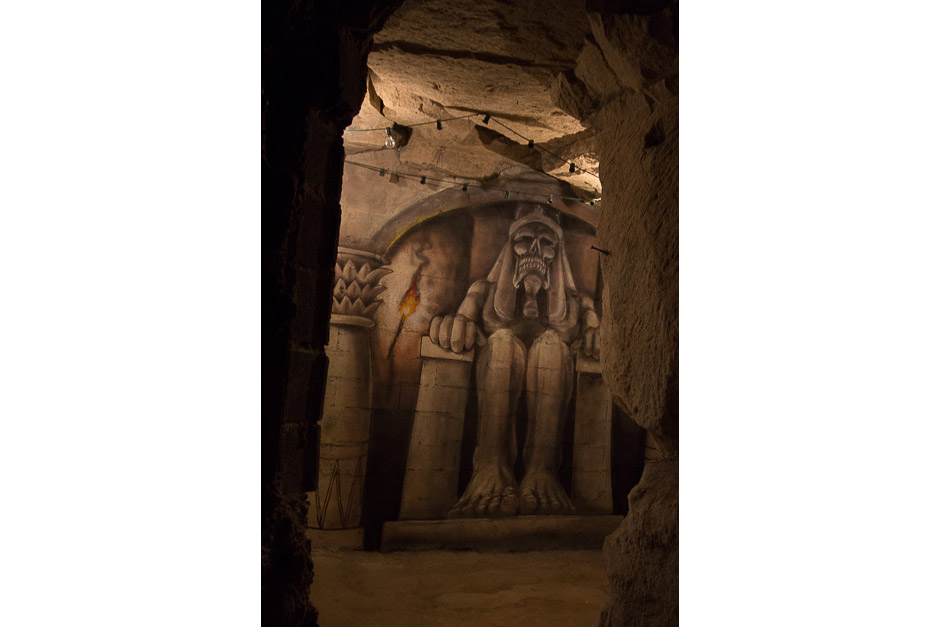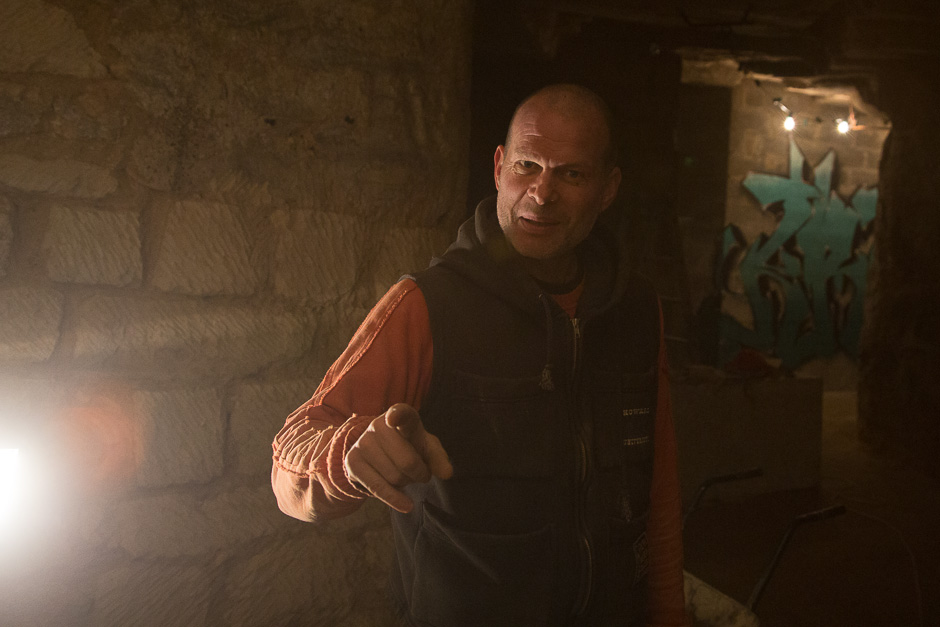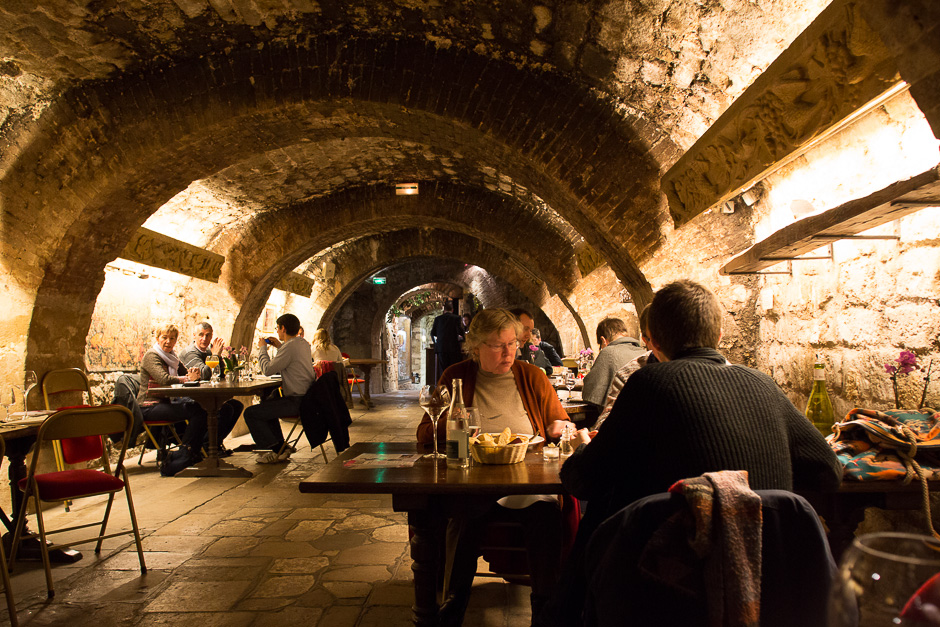In the underground of Paris, there are surprisingly various spaces which are used for different purposes. All of these spaces were made by human. Some are indispensable and some others are not. What differs the underground from the ground is the fact that there is no sun light in the underground. This makes completely different aspects which also fascinate the people.
パリの地下には驚くほど様々な空間があり、様々な用途に利用されてきた。これらの空間はすべて人間が作り上げてきたものであり、人工の構造物である。人間の営みに不可欠なものもあれば、なくても良いものもある。地下が地上と異なるのは、当然のことであるが太陽の光が届かないことだ。そのため、地上とは異なる様相を示す。そこに地下ならではの面白さがある。
The first utilization of the underground by human is probably the burial. According to archaeological studies, the oldest burial so far found is dated about 150,000 years. Since then, the underground was considered as residence of dead.
The first utilization of the underground of Paris other than burial is the exploitation of limestone and gyps which started in the 12th century because of depletion of open air quarries in the region of Paris. Enormous amount of stones were needed for building the city of Paris and the most of them came from the underground quarries. The total length of mine cavity under Paris is nearly 300km. The exploitation of the underground of Paris ended in the 19th century. Some of the old quarries are used today for Catacombs, Aquarium of Paris, wine caves, mushroom cultivation, event spaces, etc. But the most of them are closed and prohibited to enter.
The following exploitation of the underground of Paris is the sewers. The history of underground sewers starts in the 17th century but comprehensive system was built during the time of Napoleon 1st to Napoleon 3rd. By the Haussmann’s renovation of Paris, the total length of sewers reached 600km.
Metro of Paris was planned in 1845 as the world first metropolitan train network. But it was realized only in 1900 at the occasion of World Expo. In the meantime, the world first metro was realized in London in 1863. Why the French took so much time? They were just discussing whether to build in the underground or not. There were strong objections against underground as it was considered as the world of dead. It is only in the 20th century that general public started to use the underground of Paris.
During the 20th century, exploitation of the underground of Paris was accelerated and huge networks were built. On the ground of Paris, there are in total 6,100 streets which make about 3,000km while the networks in the underground are:
– Water network : 2,460km(470km for intake and 1,990km for distribution)
– Sewer network: 2,417km
– Quarries: about 300km
– Metro: 211km
– Parking: 124 places for 140,050 cars
In addition to these, electricity and telephone cables are also in the underground.
The underground of Paris was developed so much but there is no place which can be considered as “underground city”. Forum des Halles could be one but not so successful. It was planned as new modern face of Paris and opened in 1979 but the place is rather chaotic with full of passengers and the shopping mall has no attraction. Only after 30 years, Le Forum des Halles is now under renovation which will be completed in 2016. The concept is to provide a green park on the ground and an open and comfortable underground city which accommodates 750,000 daily passengers and visitors. Thinking about the development of the underground of Paris for the next 100 years, the new Forum des Halles can be a good hint.
Photos :
Cemetery Pere Lachaise 1, 5
Catacombs 2, 3
Crypt of Pantheon 4
Underground Quarry 6, 7
Cellar of the House of Ourscamps8
Sewers 9,10
Canal Saint-Martin 11, 12
Aquarium of Paris 13, 14
Metro 15, 16
Mushroom cave 17, 18
Carrara city 19, 20
Cave restaurant 21
Underground parking 22
Forum des Halles 23
人類にとって最初の地下利用は埋葬ではないだろうか。考古学による発見では最古の埋葬は15万年前まで確認されているようだ。その後、地下は長らく死者の住処として位置づけられてきた。
埋葬以外の目的で最初にパリの地下開発が行われたのは、石灰岩や石膏などの地下採石場としての開発だ。12世紀には露天掘りの採石場の不足から地下採石場の開発が始められた。パリの街には膨大な量の石が使われているが、その殆どが地下採石場からのものだ。パリの地下坑道の総延長は300㎞近いとされている。採石開発は19世紀には終わり、これらの採石場跡は崩落回避のため、埋め戻しや補強が行われてきた。一部は、カタコンベ(地下納骨場)、水族館、ワインカーブ、マッシュルーム栽培、イベント会場などに使われているが、殆どは閉鎖されて立ち入り禁止となっている。
地下採石場に次ぐパリの地下開発は下水道の整備だ。パリの下水道の歴史は古く17世紀に遡る。しかし、本格的な下水ネットワークはナポレオン1世の時代に着手され、次いでナポレオン3世からパリ知事に任命されたオースマン男爵のパリ大改造によって構築された。1878年には総延長600㎞が実現された。
パリのメトロは世界で初めての都市鉄道として1845年に計画された。しかし、実際に開通したのは1900年のパリ万博の年だ。その間、世界初はロンドン(1863年)に先を越された。半世紀以上もの間フランス人は何をしていたのかというと、「地下に造るべきか、地上高架にすべきか」の議論を続けていたのだ。依然として「地下は死者の領域だ」との意見も強く、地下で合意を得るのに半世紀を要したのだ。一般の人々が地下を利用するようになったのは20世紀に入ってからということになる。
20世紀に入ってインフラとしての地下開発は急激に進み巨大な地下ネットワークが構築された。パリの地上には6,100の街路で約3,000㎞の道路網があるが、これに対して地下には次のようなネットワークがある:
・ 上水網 2,460km (取水網470km+給水網1,990km)
・ 下水網 2,417km
・ 地下坑道 約300㎞
・ 地下鉄 211㎞
・ 地下駐車場 124か所、140,050台
これらに加えて、電気、電話網などもすべて地下に埋設されている。
これだけの地下開発が行われてきたパリだが、意外なことに地下街と呼べるものは殆どない。唯一、フォーラム・デ・アールが地下街に近いものと言えるが、成功しているとは言えない。フォーラム・デ・アールはパリ中央市場であったが、その移転に伴い新しいパリの現代的な都市の顔として計画され1979年にオープンした。しかし、多くの地下鉄乗降客が行きかうだけの雑然とした空間で、ショッピング街にも快適さは感じられない。こうした点もあり、僅か30年しか経っていないが、現在フォーラム・デ・アールは全面改築工事が進んでいて2016年には完成が見込まれている。その構想は、地上には緑豊かな公園が広がり、地下には広大なショッピングモールと乗降客75万人が余裕をもって利用できる快適な空間。パリの地下の今後100年を考えると、新しいフォーラム・デ・アールの地下街がそのヒントとなるかもしれない。
写真
ペール・ラシェーズ墓地 1, 5
カタコンベ 2, 3
パンテオン地下霊廟 4
地下採石場 6, 7
ウルスカンプ館地下貯蔵室 8
下水 9,10
サン・マルタン運河 11, 12
パリ水族館 13, 14
地下鉄 15, 16
マッシュルーム栽培洞窟 17, 18
展示会スペース 19, 20
地下レストラン 21
地下駐車場 22
フォーラム・デ・アール 23

